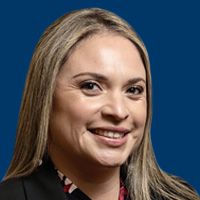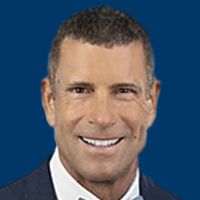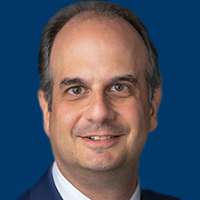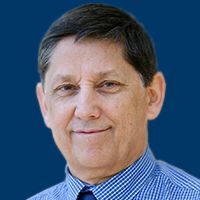Dr. Freeman Describes Patient Navigation
Dr. Harold P. Freeman from Ralph Lauren Center for Cancer Care and Prevention Describes Patient Navigation
Harold P. Freeman, MD, President and Founder of the Ralph Lauren Center for Cancer Care and Prevention in New York City, discusses patient navigation. Freeman is often considered the founder of the concept of patient navigation when he initiated the first patient navigation program in 1990 in Harlem to reduce racial disparities in access to the diagnosis and treatment of cancer.
Freeman describes patient navigation as a means to eliminating barriers and reducing the amount of time to diagnosis and treatment of cancer. Navigation begins before a patient is diagnosed with cancer by getting the patients to places where they can have access to appropriate screening. If any kind of abnormality is found, navigation is required to get those patients properly diagnosed. Once a diagnosis is made a patient must be navigated through the treatment process, which can often be very complex, depending on whether the patient is receiving surgery, radiation therapy, chemotherapy, or a combination. Navigation continues even after treatment through to survivorship.
Nurses can be utilized as navigators throughout the process, but Freeman said they play the most crucial role in the diagnosis of cancer.
Latest Conference Coverage

Navigating the Intersection of Radiation Therapy and Immunotherapy in Endometrial Cancer

As Orthopedic Oncology Evolves, Caring for the Clinician Must Be a Priority

Belumosudil Produces Long-Term Responses Without New Safety Concerns in cGVHD

Prophylactic Itacitinib May Safely Mitigate CRS Following Axi-Cel Administration in Lymphoma
2 Commerce Drive
Cranbury, NJ 08512